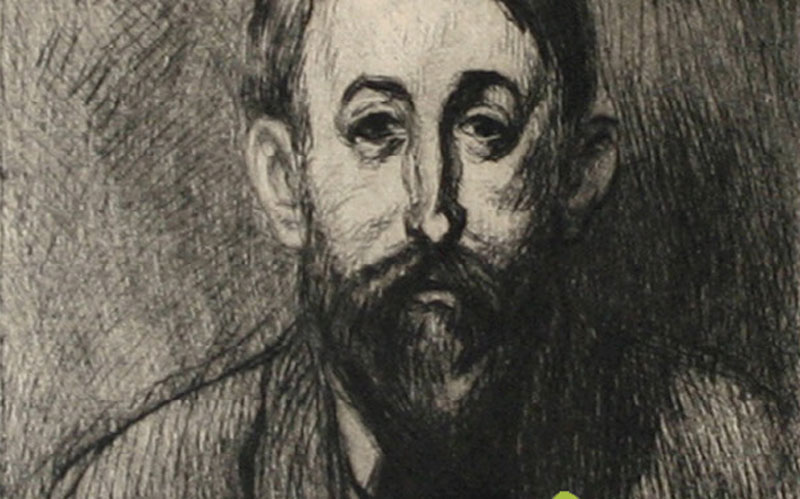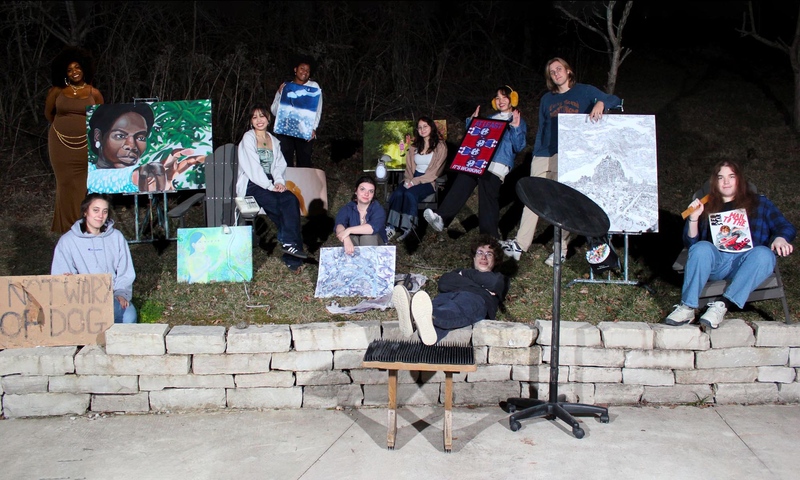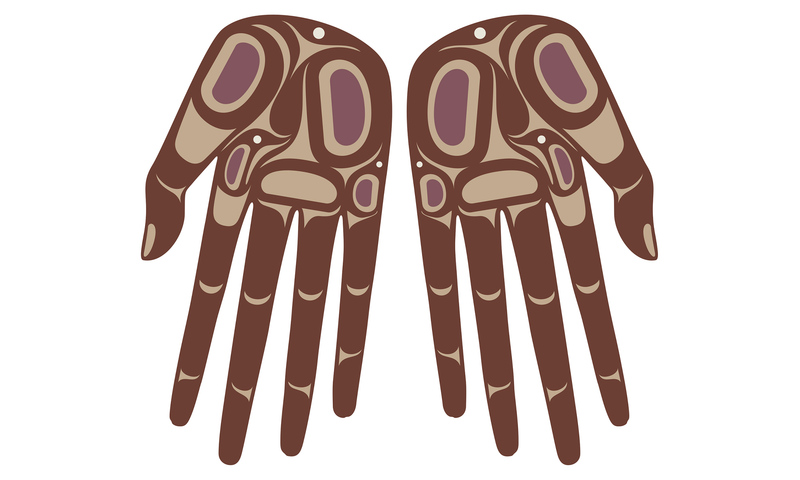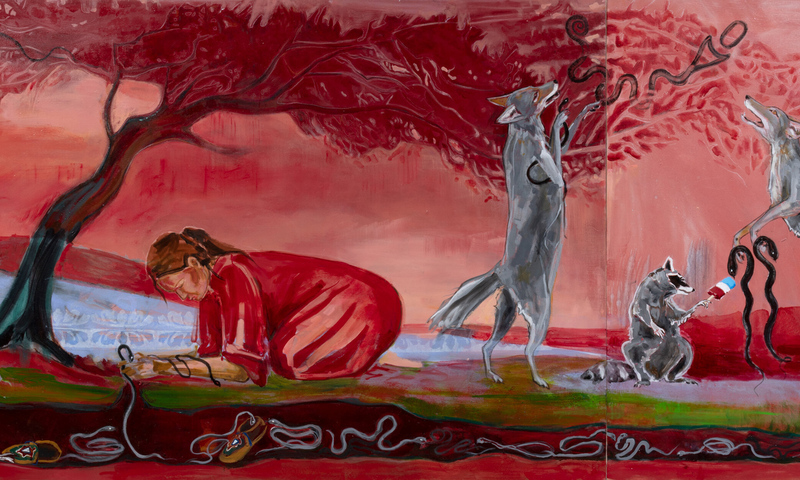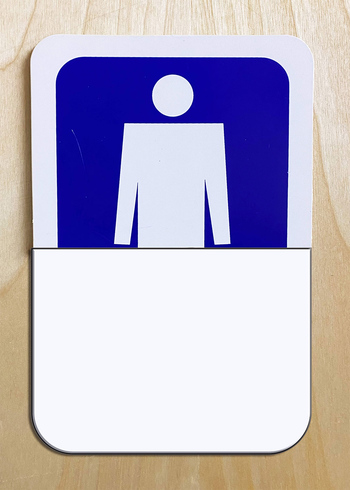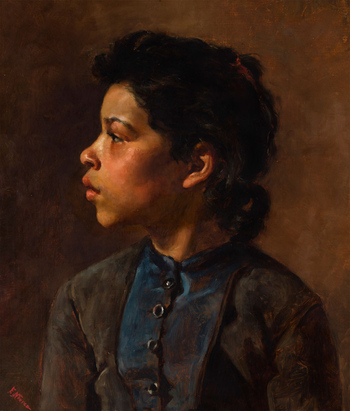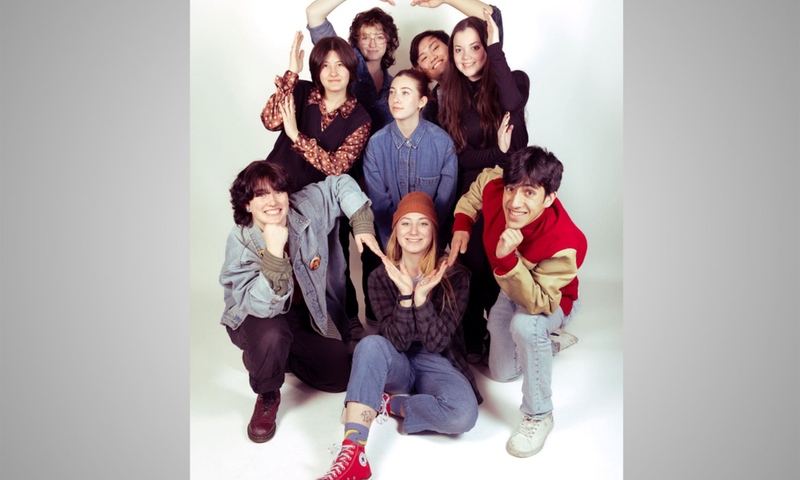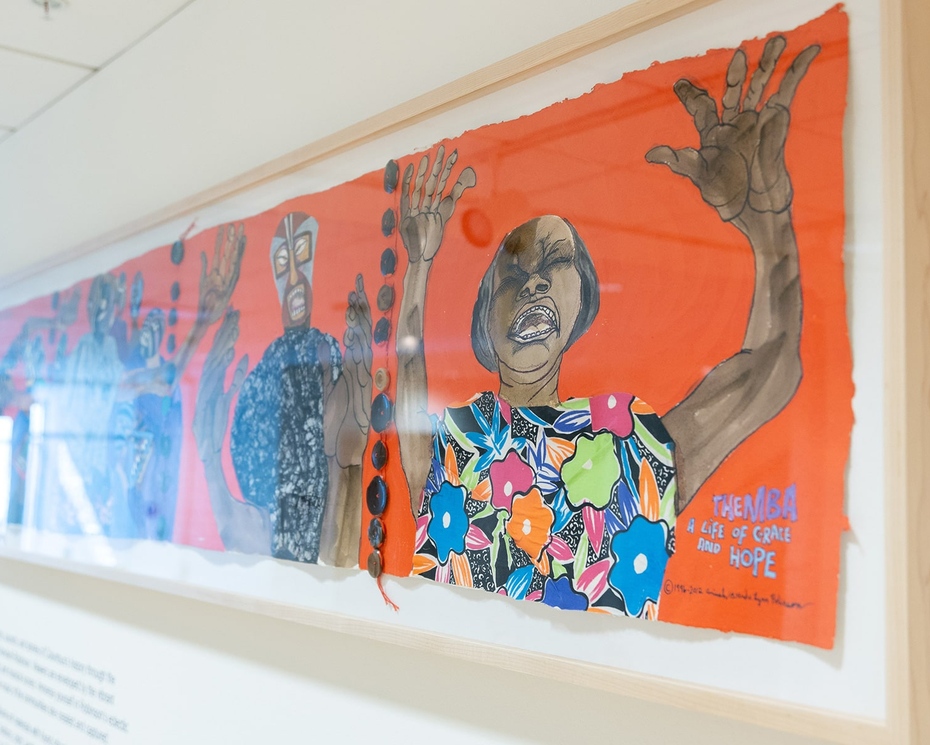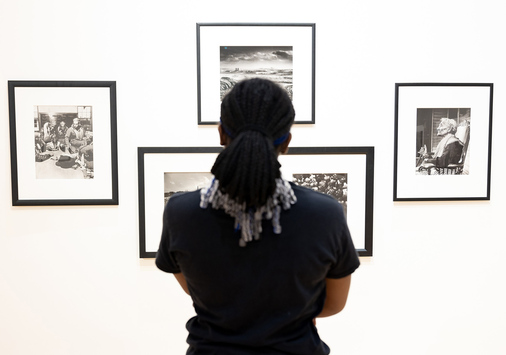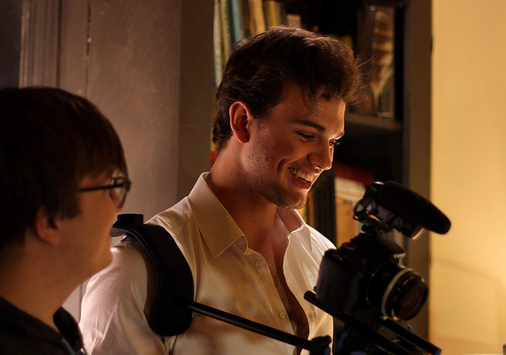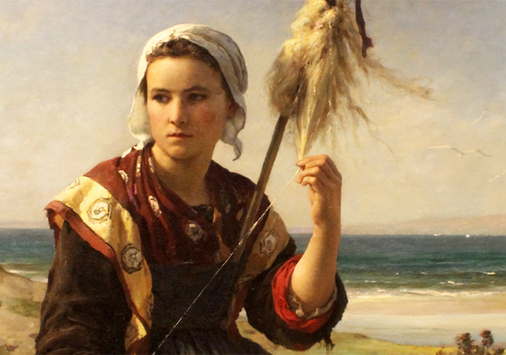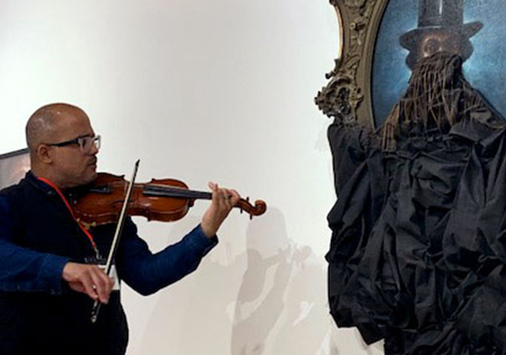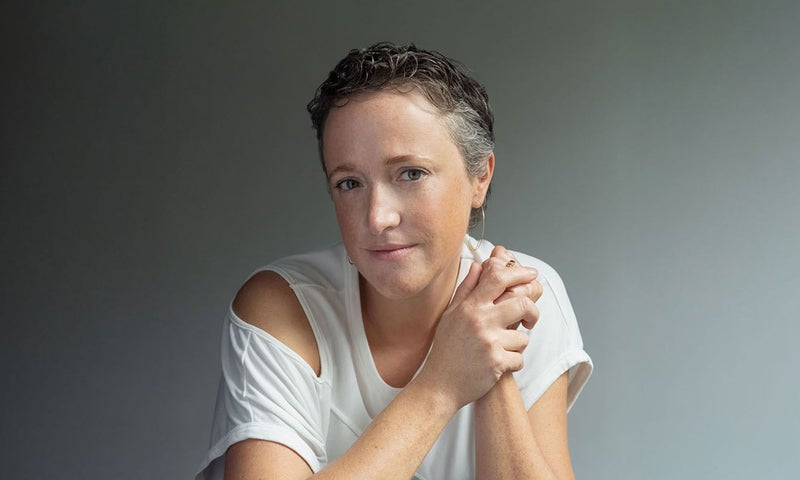Steinlen
“Formerly, Watteau gathered in the refined and golden shadow of a park companions who, under the shiver of satin, spoke of love. Today the trees of the park are trimmed and what offers itself to the inspired, keen artist, impatient to express the life and the dream of his time is the street, the populated street. A subtle, live, attentive sensibility, an infallible visual memory, some rapid means of expression destined Steinlen to become the draughtsman, the painter of passing life, the master of the street. The bright morning stream and the dark nightly stream of male and female workers, the groups at outdoor cafes, the male and female vagrants of the dark boulevards, the street, at last, the public square, the remote suburbs with barren trees, vacant lots, all that is known to him. Their life is his life, their joy is his joy, their sadness his sadness. He has suffered, he has laughed with these wayfarers. The soul of the bothered of happy crowds has passed in him. There he has felt terrible simplicity and grandeur. And that is why Steinlen’s art is epic.” —Anatole France in his preface to the catalogue: Exposition d’ouvrages peints, dessines ou graves par Th. A. Steinlen (Paris: Edouard Pelletan, 1901)
Theophile A. Steinlen
The quote above was written by the friend and contemporary of the Swiss artist Theophile-Alexandre Steinlen (1859-1923) for a publication produced only two years prior to a mid-career Parisian exhibition for the then highly popular and prolific poster artist, painter, illustrator, sculptor and printmaker. Steinlen began his noteworthy artistic career in Paris after relocating to the city, with his young designer wife Emilie, in 1881 in order to begin work for an Alsatian textile factory located in the Right Bank neighborhood of Montmartre, arguably the artistic and cultural center of Europe at the time. Having come of age in an artistic family in Switzerland his father encouraged Steinlen to pursue a practical education in textile design at Mulhouse, a textile center just west of Paris. Upon arriving in Montmartre the young artist became an active member of the burgeoning artistic and literary circle centered at Le Chat Noir, the now famous tavern where an active group of artists including Puvis de Chavannes, Edgar Degas, Toulouse-Lautrec, authors Emile Zola, J.K. Huysmans, Edmond de Goncourt, Jules Verne, Alexandre Dumas, scientist Louis Pasteur, Panama Canal engineer Ferdinand de Lesseps, photographer Félix Nadar, and songwriters, actors and composers like Aristide Bruant, among many others, spent hours drinking, playing, performing and debating. The founder of Le Chat Noir, Rodolphe Salis, invited Steinlen to produce illustrations for Le Chat Noir, a namesake periodical featuring political comics, song lyrics, illustrations to literary works, and other social commentary.
Print media had exploded during the late nineteenth and early twentieth century in response to rising literacy rates, a French law of 1881 allowing freedom of the press, and the vast political and social shifts occurring during the period. The graphic arts discovered renewed appreciation just as new printing techniques were developing throughout Europe. These factors also contributed to the significant drop in printing costs. So popular was the Le Chat Noir magazine that it was easily found in Els Quatre Gats, the tavern in Barcelona directly inspired by Le Chat Noir and frequented by Picasso and his Catalan circle. So influential was Le Chat Noir and other similar publications that the Spanish artistic and cultural community began to produce an illustrated magazine called Quatre Gats during 1899, followed by the longer-lasting Pel y Plome, which was published months past the close of the pub wherein it was first conceived. These issues, sometimes weekly, included essays on European artists from France and England, as well as those in its own ranks like Picasso.[1] These inexpensive and mass printed publications were also popular in Germany and other cities throughout Europe. It is reported that when artist Käthe Kollwitz made her first trip to Paris she made only one stop to see Rodin before looking up Steinlen, whose work she had come to admire through the pages of Le Chat Noir.
The black cats so often portrayed in the now highly popular commercial poster designs by Steinlen actually represent pet cats that roamed Le Chat Noir and were meant by the tavern’s owner to symbolize his anti-establishment intellectual clientele. Steinlen produced hundreds of graphic images of the cats during the late nineteenth century parallel to his prodigious outlay of social and political illustrations of workers, vagabonds, street scenes, soldiers and the darker world of Montmartre’s prostitutes and pimps for such journals as Le Mirliton published by songwriter and cabaret performer Bruant, a magazine named after his own cabaret. During the years 1891-1900 Steinlen served the publication Gil Blas Illustré, the weekly supplement to the newspaper Gil Blas, as its primary illustrator. For this magazine alone he produced over seven hundred images, most often as illustrations to literary works. In the 1890s Steinlen, using pseudonyms like “Petit Pierre,” contributed to various Marxist journals popular during this era of great political unrest in France. Steinlen’s political engagement and evocative figural style was later employed in representations of World War I soldiers and atrocities. The Denison collection prints exhibited in this small exhibition reflect Steinlen’s popular genres of Parisian street scenes from the late nineteenth century and war images from the years 1914-16 while suggesting influences on Picasso’s early work exhibited in the adjacent gallery.
